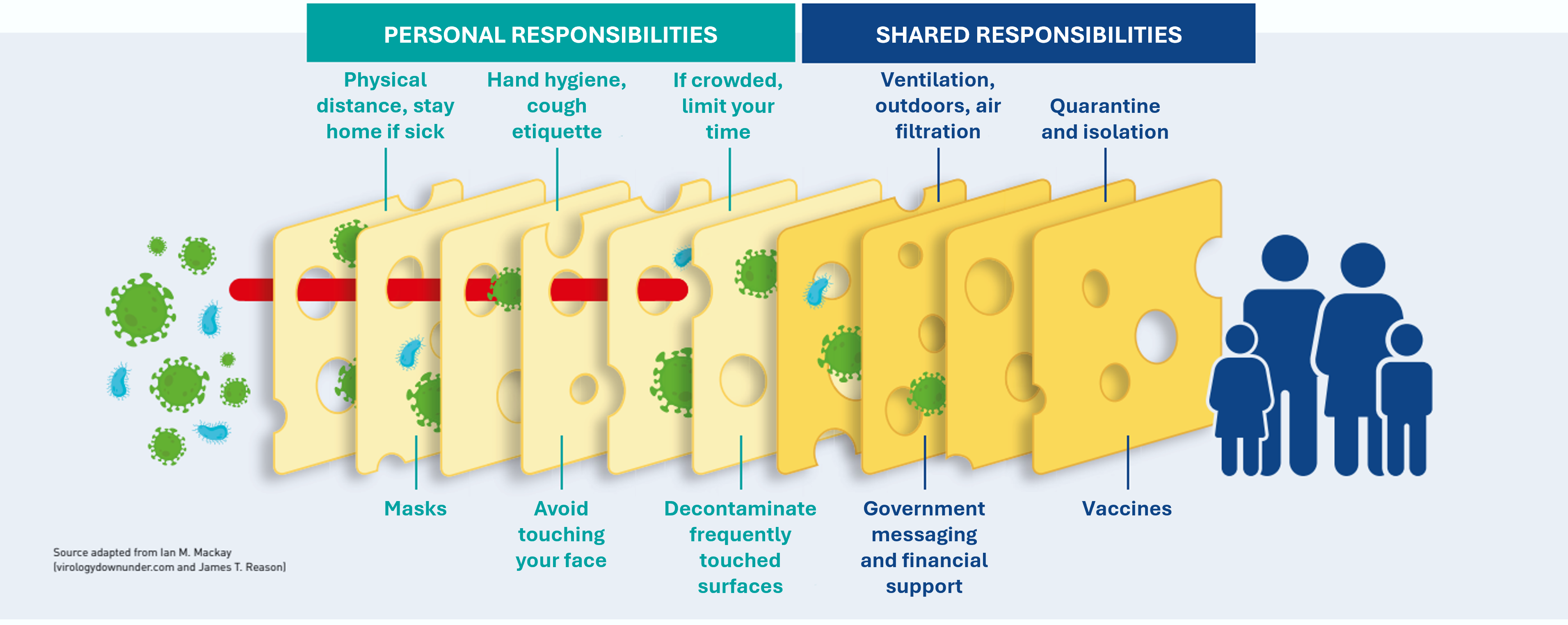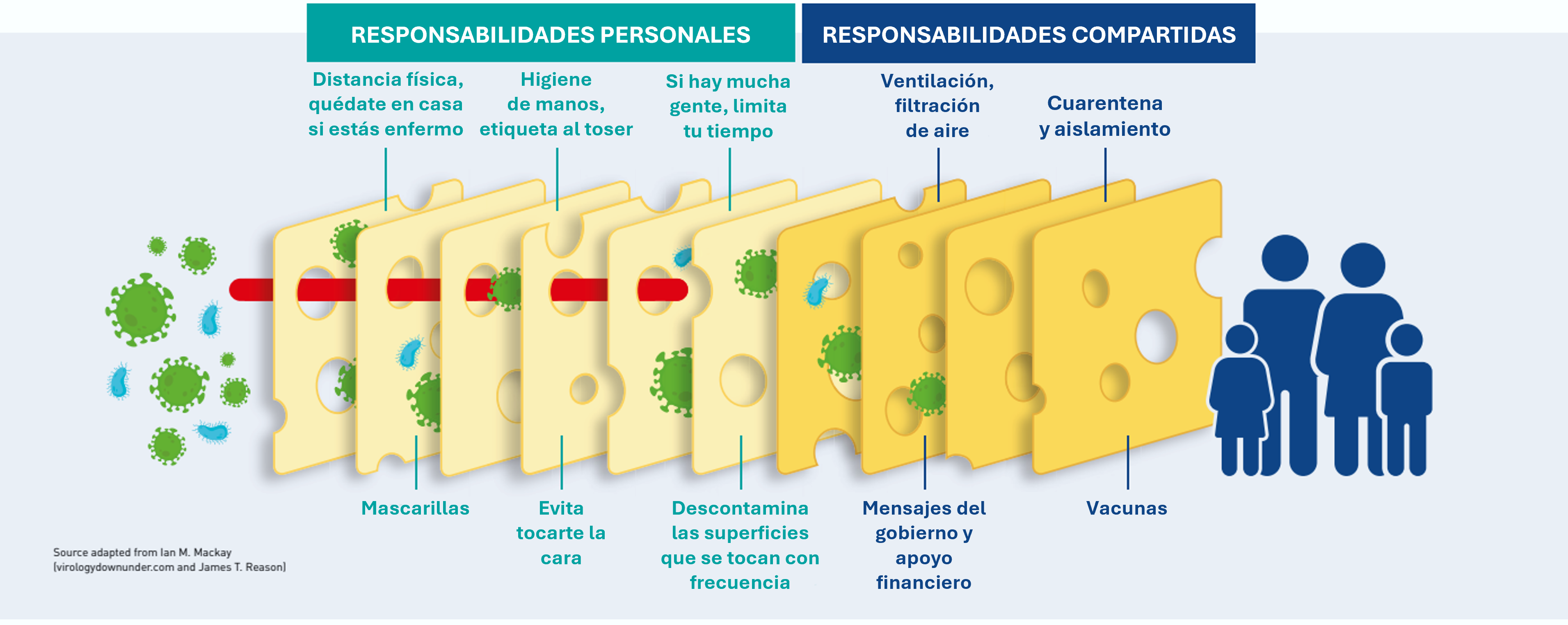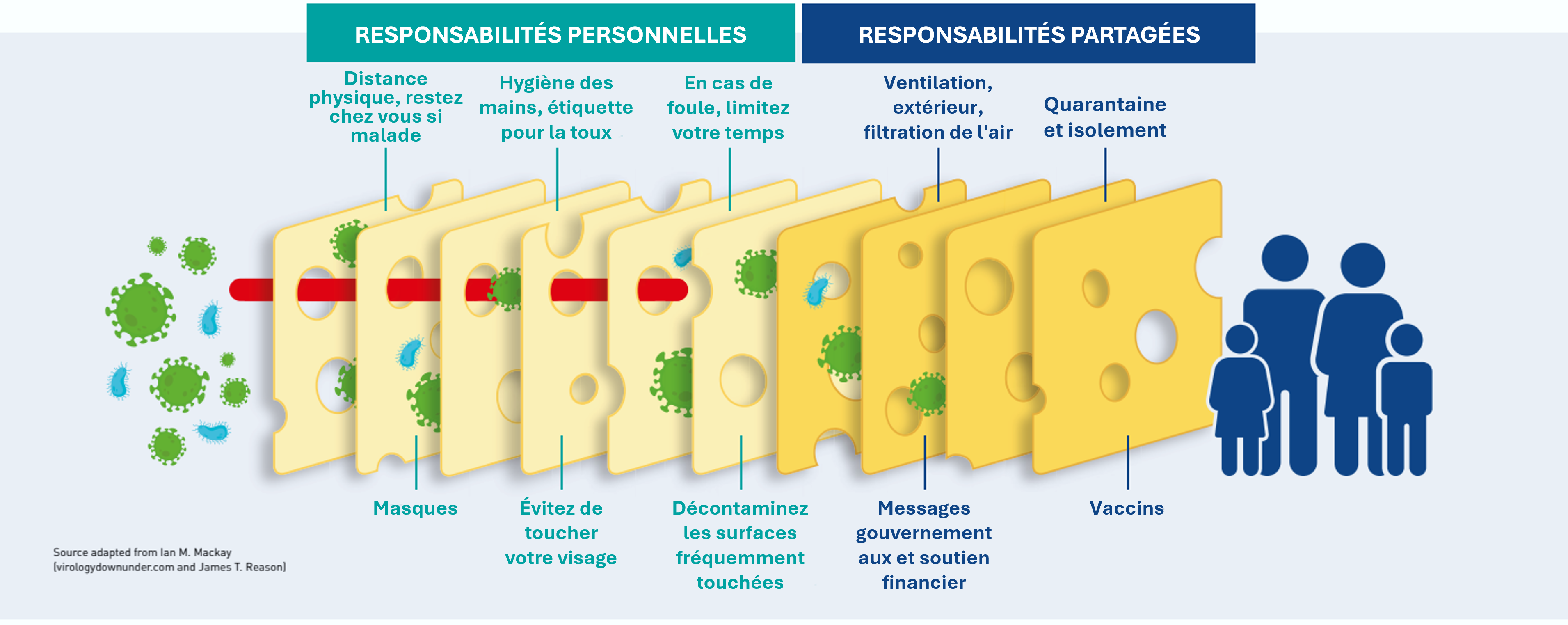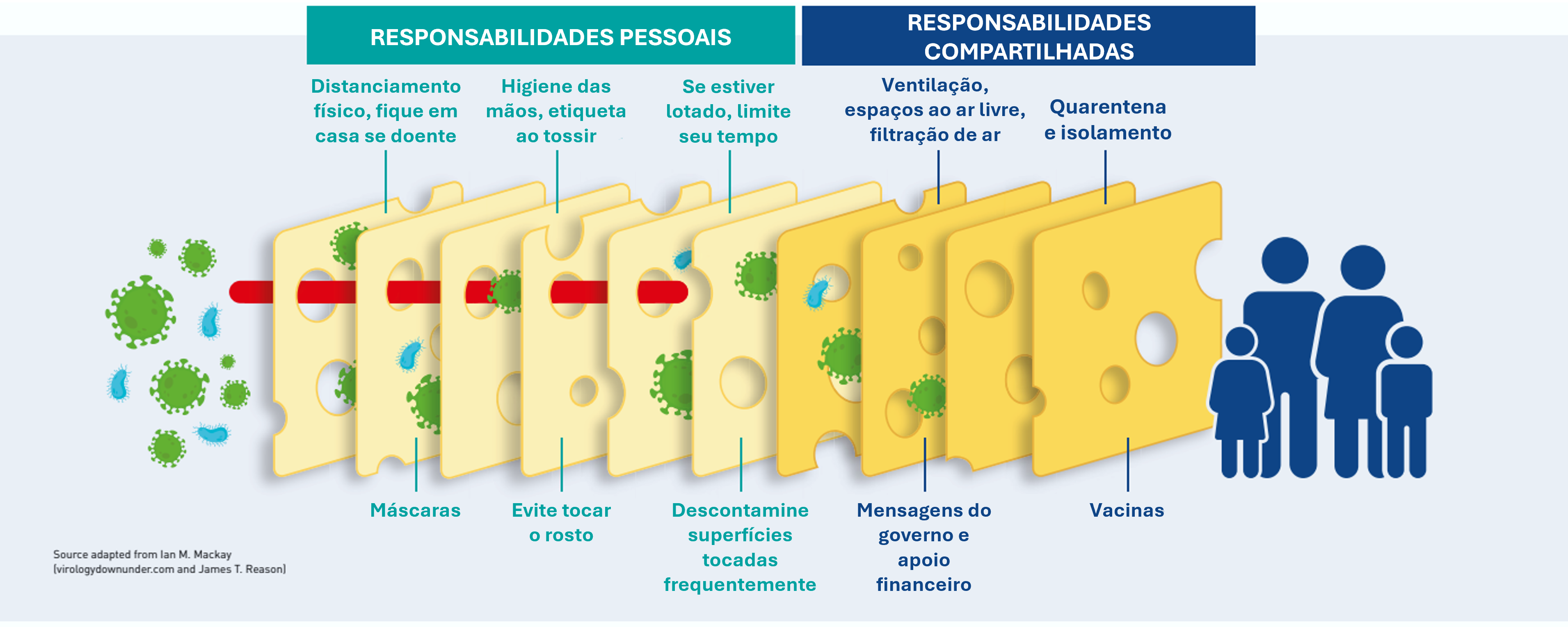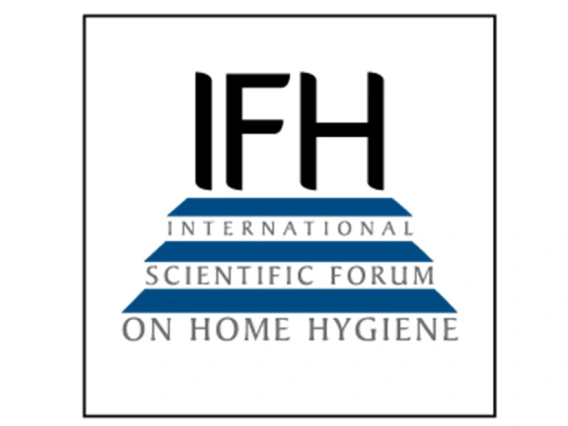
Targeted Hygiene is a science-based approach that focuses on practicing hygiene at specific moments when the risk of infection is highest. Unlike traditional views of hygiene that emphasize continuous cleaning of all surfaces, Targeted Hygiene zeroes in on particular times and places where harmful microbes are most likely to spread, helping to break the chain of infection. This approach is critical to maintaining both safety and a healthy microbiome, as it allows for selective hygiene practices without unnecessarily eliminating beneficial microbes that support immune and overall health.
Key Moments for Targeted Hygiene
While there are many times hygiene matters, certain moments stand out as high-risk opportunities for infection spread. These moments include shared activities at home, in workplaces, and in public spaces. The 9 Moments for Hygiene in the Home and 8 Moments for Targeted Hygiene in Work and Public Spaces highlight specific scenarios, such as before eating or after handling waste, where hygiene practices can prevent harmful microbes from moving between surfaces, hands, and people.
Beyond Cleaning: Understanding the True Purpose of Hygiene
Many people equate hygiene with cleanliness, assuming that if a surface looks clean, it is safe. However, hygiene extends beyond just removing visible dirt; it involves actively preventing the transmission of harmful microbes that can be present even on surfaces that appear spotless. Effective hygiene practices help control the invisible spread of pathogens and are essential in our daily lives to reduce the risks of gastrointestinal infections (such as foodborne illnesses and norovirus), respiratory infections, and emerging diseases that could lead to pandemics. In this way, home and everyday life hygiene plays a critical role in protecting individual and public health.
Why Home and Everyday Life Hygiene Matters
With an aging population and a rise in healthcare-associated infections, maintaining hygiene at home is more important than ever. Keeping the home environment hygienic reduces the burden of infectious diseases, protects vulnerable family members, and lessens the strain on healthcare systems. It also aligns with government strategies aimed at tackling antibiotic resistance, emphasizing infection prevention over antibiotic dependence. By practicing good hygiene, individuals can reduce the need for antibiotics and contribute to slowing the spread of antibiotic-resistant bacteria.
The Swiss Cheese Model and Targeted Hygiene
The Swiss Cheese Model illustrates how different layers of hygiene protection works together to minimize the risk of infection. Each “slice” in the model represents a different protective measure, such as handwashing, surface cleaning, and ventilation, with “holes” indicating that no single measure is entirely effective on its own. Together, these layers of hygiene practices, applied at key moments, offer a comprehensive strategy to stop the spread of harmful microbes.
Barriers to Effective Hygiene
Despite the importance of hygiene, several barriers prevent people from practicing it effectively. Overcoming these barriers requires a collective effort to shift public understanding and dispel common misconceptions:
- Hygiene Myths – Misconceptions, such as the belief that being “too clean” is harmful, can reduce confidence in necessary hygiene practices.
- Lack of Public Understanding – Many people are unclear about the difference between hygiene and cleanliness, leading to practices that may not fully protect against infection.
- Visibility vs. Hygiene – While a surface may look clean, it can still harbor harmful microbes. This confusion between visible cleanliness and hygienic cleanliness can lead people to overlook key moments for hygiene.
- Confusion About Germs – Mixed messages around “good” versus “bad” germs can foster germophobia, which is often fueled by media sensationalism and lack of scientific context. As a result, individuals may abandon necessary hygiene practices or over-clean, disrupting healthy microbial balance.
- Media Influence – Media coverage often oversimplifies or exaggerates research findings on the microbiome, sometimes promoting practices that unintentionally lead people to skip hygiene at critical moments.


